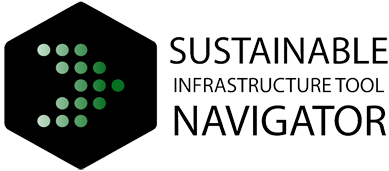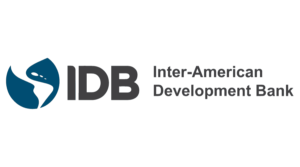
C.Scale (formerly the EPIC assessment) is a free, web-based whole-life carbon platform spun out from EHDD to enable climate-positive design decisions in the earliest phases of building and infrastructure projects, when data are scarce but the opportunity for emissions reduction is greatest. Leveraging machine-learning models trained on global building and infrastructure datasets, C.Scale combines region-specific background data, forward-looking carbon projections, and peer-reviewed embodied-carbon factors to deliver rapid “what-if” analyses of massing, materials, and energy strategies. In late 2024, the core EPIC team formed C.Scale as an independent public-benefit corporation—allowing for dedicated development, investor support, and integration into broader decarbonization workflows.
Lifecycle Phase(s): Enabling EnvironmentConditions that enable the integration of sustainability practices (regulation, laws, frameworks etc.)., Strategic PlanningPublic authorities identify the needs and long-term vision for infrastructure development., PrioritizationAuthorities decide which projects to realize and how to allocate resources., Project PlanningGeneral strategy for a project’s delivery is developed., Concept DesignTechnical experts broadly outline the project’s basic characteristics.
Type(s) of Tool: Project Preparation ToolsHelp public authorities manage sustainable project preparation processes., Modelling ToolsSimulate economic, social, and physical systems to help planners optimize outcomes from different decisions.







